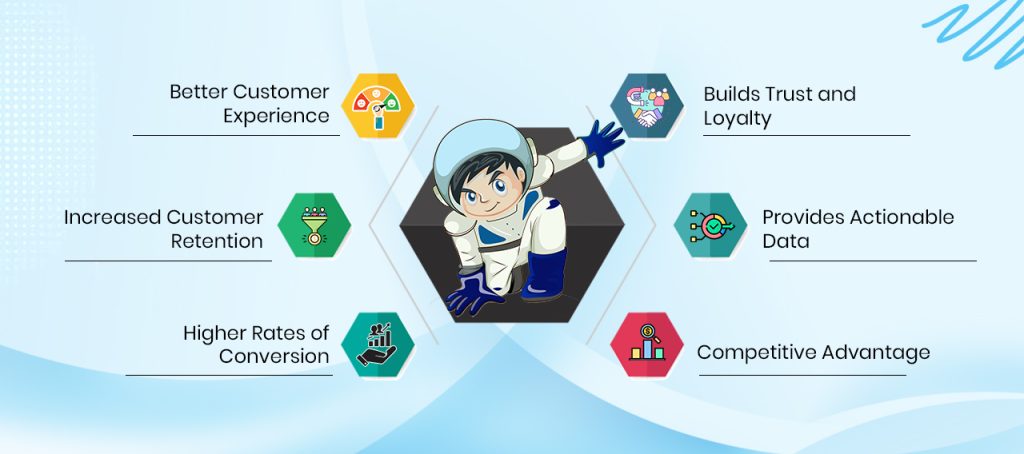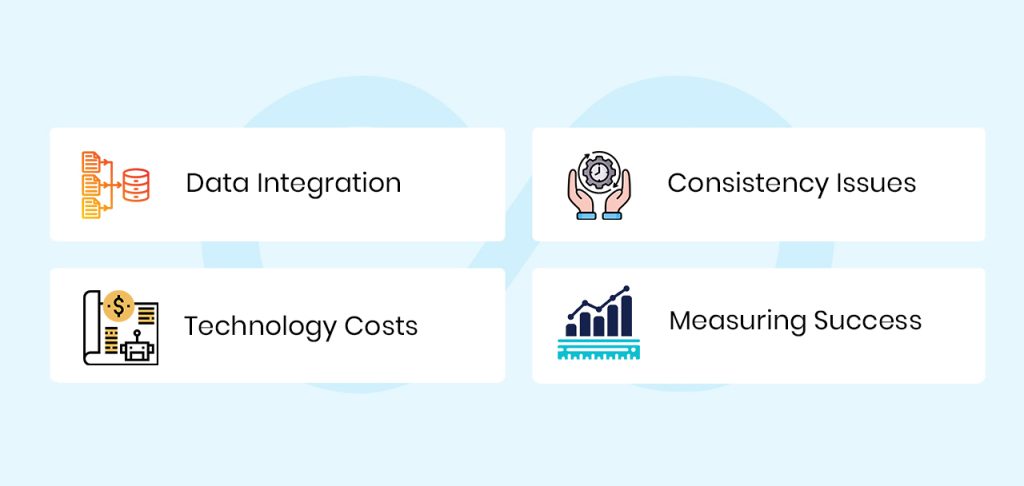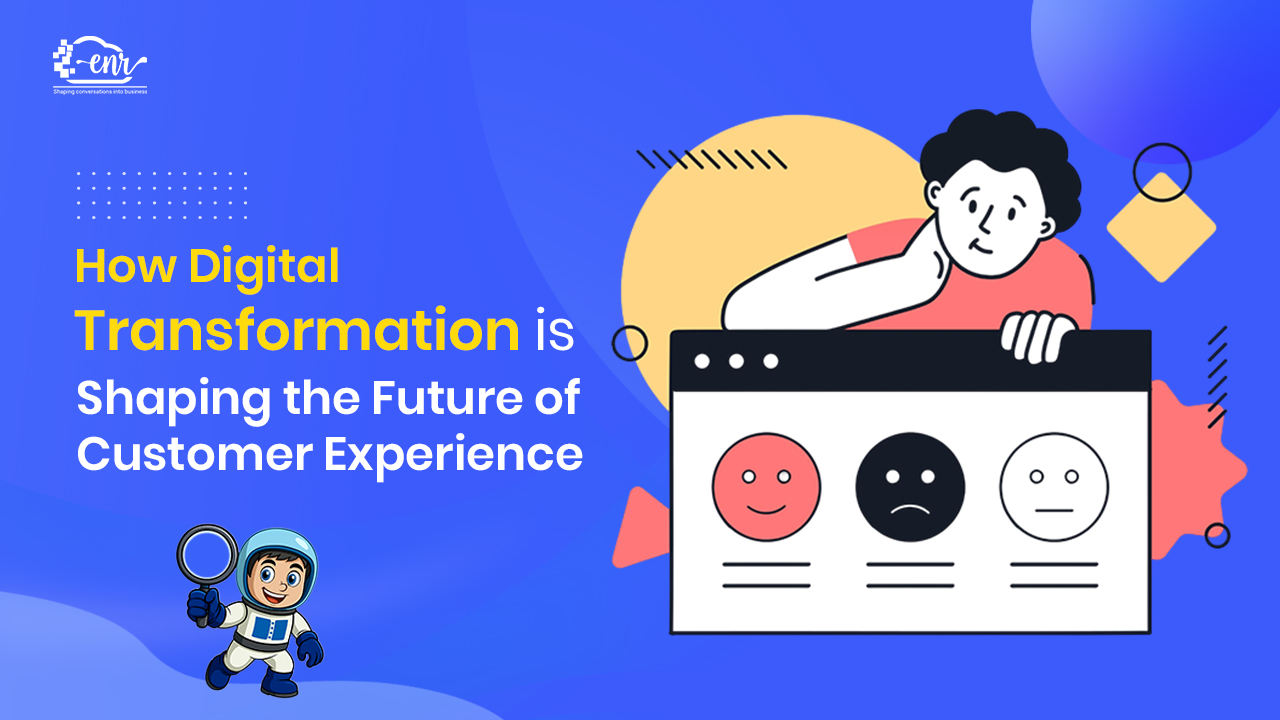Today’s customers interact with brands through many channels—websites, mobile apps, social media, and even physical stores. They expect a smooth and consistent experience no matter where or how they engage. This is where Omnichannel Customer Journeys come in. These journeys ensure all channels work together to create a seamless experience for customers.
Let’s break down why omnichannel customer journeys are so important and how they contribute to brand success.
Table of Contents
ToggleWhat Are the Omnichannel Customer Journeys?
An Omnichannel journey means that consumers can interact with a brand across multiple channels and without interruption. In this scenario, a customer either shops online or at the physical store or contacts customer support, where the journey remains integrated and personalized.
For example, Imagine a customer is browsing shoes on your website and then adds a pair to their cart and forgets about it, Later they receive a reminder email, The next thing they do is visit your store to try the shoes and complete the purchase and brownie points for sending the discount code via SMS as customer use that code to buy the shoes. This smooth interconnection from one channel to another channel is the core of the omnichannel approach.
Why Omnichannel Customer Journeys Are Critical for Brand Success?

Better Customer Experience
Customers expect convenience. Customers expect when they transit from one platform to another there should be no interruption for them to experience a smooth omnichannel journey. For example, if a customer starts a support ticket via email and continues the conversation on WhatsApp or chatbot, having the context carried over makes the process easier.
Increased Customer Retention
Brands that provide a consistent experience tend to retain more customers. Research shows that businesses who have strong omnichannel strategies retain 89% of their customers, compared to 33% for those with weaker efforts.
Higher Rates of Conversion
When customers can engage effortlessly across different platforms, they’re more likely to complete their purchase. For example, if you send a personalized follow-up email after customers browse the product, this will encourage them to buy.
Omnichannel customers have a 30% higher lifetime value than those using a single channel.
Builds Trust and Loyalty
A well-designed omnichannel journey makes customers feel important. An example would be personalised suggestions based on prior interactions of customers with brands when they are looking for a product on the website, these personal recommendations make them feel valued for their time and preference. This will make them happy and their process easier.
Provides Actionable Data
The omnichannel involves data and assessments from many touch points, hence providing a clear understanding of consumers’ behaviors. The data then points out what works, what does not work, and how one should improve.
Competitive Advantage
Perfectly delivered experiences let the brands stand out among a competition that is fast becoming an increasingly crowded market. The integrated approach shows that you value your customer’s time and convenience, which can boil down to buying decisions.
Core Elements of an Effective Omnichannel Strategy
Creating an efficient omnichannel journey requires focus on a few key areas:
All Customer Data at One Place
Get your analytics integrated into all your channels to understand your customer behavior better.
Implement CRM systems all over the organization to centralize all your data for personalized interactions.
Your Messaging Should be Consistent
Whether it’s a website banner, email campaign, or social media post, your communication messages should align with the voice and identity of the brand.
Seamless Integration between the Channels
Ensure customers can transition smoothly between channels. For instance, a customer should be able to start shopping on a mobile app and complete the purchase on a desktop without losing their cart.
This means that a customer is capable of shopping on his or her mobile app and completing the transaction on a desktop without losing a cart.
Personalization
Use customer data to offer personalized recommendations or offers. Personalized emails, product suggestions, or location-based promotions are much more meaningful.
Real-Time Updates
Keep your customers informed with real-time notifications regarding their orders, support tickets, or promotions. For example, delivery tracking updates build customer trust and enhance customer experience.
Multichannel Support
It should offer services through multiple channels like email, phone, chat, etc. Further, it should also enable all support agents to view a particular customer’s history for a more convenient resolution of the issue.
Challenges in Implementing Omnichannel Strategies

While omnichannel strategies are important, they come with challenges:
Data Integration
The omnichannel journey consists of the collection of data through multiple sources, so collecting and integrating data from various sources can be complex, especially for those businesses that have outdated systems.
Technology Costs
When you are building and maintaining the infrastructure for an omnichannel strategy it can be expensive and time-consuming.
Consistency Issues
There’s an difficult related to consistent messaging and experiences across all channels especially for large teams.
Measuring Success
Tracking the effectiveness of omnichannel efforts requires robust analytics tools and expertise.
How to Overcome These Challenges
To overcome the challenges in your omni-channel journey:
- Invest in technologies like CRMs, data analytics platform and marketing automation software to smooth the operation.
- Educate the employee about the imporatce of omnichannel strategies and equip them with the necessary tools and skills.
- You can start small by integrating few channels and later on expand
- Consistently collect the feedback to understand the customer pain points and preference.
The Future of Omnichannel Customer Journeys
The need for omnichannel strategies will only grow as technology evolves. Tools like artificial intelligence, augmented reality, and advanced analytics are already shaping how brands interact with customers. Businesses that invest in creating seamless experiences now will be better equipped to adapt to future trends and maintain a competitive edge.
Conclusion
Omnichannel customer journeys are essential for any brand that wants to succeed in today’s market. They improve customer experience, build loyalty, and drive revenue by ensuring that every interaction feels connected and consistent. By focusing on personalization, seamless integration, and actionable insights, businesses can create experiences that keep customers coming back.
Investing in Omnichannel Customer Journeys isn’t just about keeping up with trends; it’s about building relationships that lead to long-term success.
Read Also: Four Push notification metrics brands should track
Written By – Alisha Limichana
Alisha Limichana is a seasoned growth marketer and part of the MCG team at EnR Cloud, specializing in driving business growth through innovative strategies. She has a proven track record of delivering impactful marketing campaigns. Outside of work, Alisha enjoys exploring the mountains, travelling, and staying active and fit.





